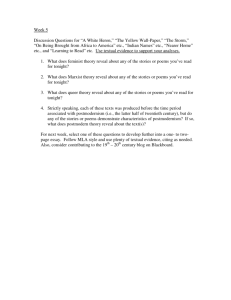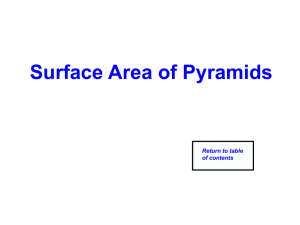Life Science - WBR Teacher Moodle
advertisement
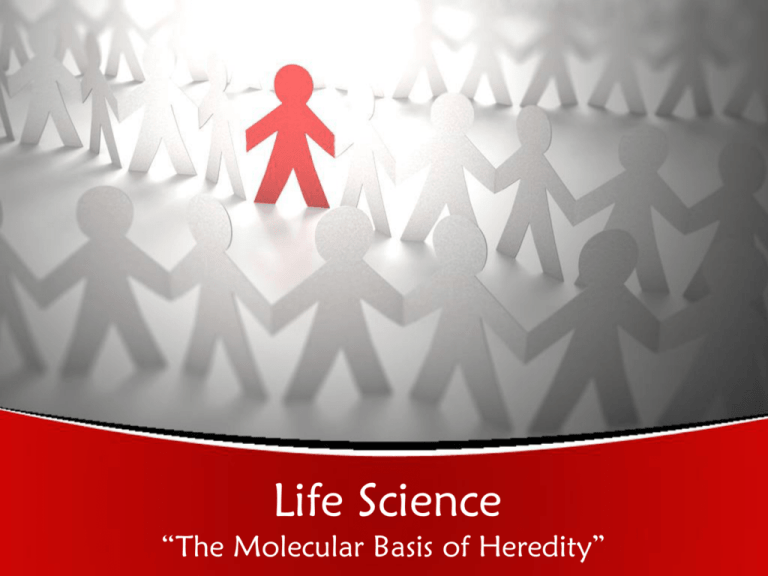
Life Science “The Molecular Basis of Heredity” Amino Acid Any of the organic acids that are the chief component Click here of proteins, to revealeither the definition! manufactured by cells or ingested by the organism. Anticodon A three-based sequence on tRNA that binds to a complementary Click here to reveal three-base the definition! sequence on mRNA. Autosomal Chromosome Any Clickof here theto non-sex reveal chromosomes. the definition! Chromatin Numerous strands of DNA, coiled and bunched Click together; here to reveal the individual the definition! strands that make up chromosomes. Chromosome Any of the tubelike bodies within the nucleus containing DNA and protein; chromosomes carry the Click here to reveal the definition! genetic code for an organism’s inherited characteristics. Codon A three-based sequence on mRNA that tRNA Click here to reveal the definition! uses to provide the correct amino acid. Daughter Cell A cell produced from a parent cell by mitosis Click here to reveal the definition! or meiosis. Deoxyribonucleic Acid (DNA) A double-stranded nucleic acid molecule that Click here to reveal the definition! contains the genetic code. Diploid A cell Click that here hasto two reveal sets of thechromosomes. definition! DNA Polymerase An enzyme the moves along a stand of DNA Click here to reveal the definition! and repairs or replicates the DNA. Dominant Allele The form of a trait that is always expressed Click here to reveal the definition! when at least one allele for it is present. Fertilization The process of union of two gametes, in which Click here to reveal the definition! the diploid chromosome number is restored. First Filial (F1)Generation The first hybrid offspring in a genetic cross Click here to reveal the definition! fertilization. Gamete A sex cell containing only half the usual number of chromosomes; in sexual reproduction, the genetic material here to reveal the definition! from theClick male gamete (sperm) combines with genetic material from the female gamete (egg) to create new offspring. Gene A DNA sequence that codes for a particular Click here to reveal the definition! protein and, therefore, a specific trait. Gene Expression The appearance of a particular trait in an organism Click here through to reveal the the process definition! of DNA transcription and protein synthesis. Genotype The combination of dominant and recessive Click here to reveal the definition! genes (alleles) in an organism’s cells. Germ Cell A cell that undergoes meiosis to produce Click here to reveal the definition! gametes. Haploid A cell, such as a gamete, that has only one set Click here to reveal the definition! of chromosomes. Helicase A class of enzyme that separates strands of nucleic Click acid here at the to reveal start of the DNA definition! replication and RNA transcription. Homologous SimilarClick or matched here to in reveal appearance the definition! or structure. Meiosis A process that divides a cell’s nucleus, resulting in sex Click cells here (gametes) to revealthat the have definition! half the chromosomes of a regular cell. Messenger RNA (mRNA) A type of RNA that transcribes a gene and then carries Click here that to information reveal theto definition! the ribosomes for protein synthesis. Mitosis The process within cell division by which the original nucleus gives rise to two identical daughter nuclei, each with the same here to reveal the definition! numberClick of chromosomes as the original nucleus; this type of division is required for cell growth and repair. Nucleotide The basic unit of nucleic acid; made of sugar, a phosphate a nitrogenous base; a ringlike Clickgroup, here and to reveal the definition! structure of carbon, hydrogen, and nitrogen. Parent Cell A cell that gives rise to daughter cells through Click here to reveal the definition! mitosis and meiosis. Parent (P) Generation The homozygous parents in a genetic crossfertilization; Click here their to offspring reveal theare definition! called the F1 generation. Pedigree A chart showing heritable traits in parents and offspring; Click here may to contain reveal the information definition!of individuals’ phenotypes or genotypes. Phenotype A physical trait of an organism that results Click here to reveal the definition! from its genetic makeup. Punnett Square A grid used to show the possible gene combinations Click here tofrom reveal thethe crossing definition! of two genotypes. Recessive Allele A trait that is expressed only when a dominant Click here to reveal the definition! allele is not present. Replication A process in which a cell makes a copy of its Click here to reveal the definition! DNA before dividing. Ribonucleic Acid (RNA) Any of the nucleic acids containing ribose and replacing Click here thymine to reveal and uracil the definition! that assist in protein manufacture and cellular control. RNA Polymerase An enzyme that reads DNA during transcription Click here and to combines reveal thecomplementary definition! bases into an mRNA strand. Second Filial (F2) Generation Offspring the result from interbreeding a Click here to reveal the definition! hybrid F1 generation. Sex Chromosome A chromosome that determines sex; in human, a female Click hashere twotoXreveal chromosomes the definition! and a male has one X and one Y chromosome. Somatic Cell Any of the cells that make up the body tissues and contains Click here a complete to reveal the set of definition! a organism’s chromosome pairs; all cells except gametes. Transcription The first stage of gene expression during which mRNA Click is made; theto process when a DNA here revealthat theoccurs definition! sequence is encoded as an mRNA sequence. Transfer RNA (tRNA) An RNA molecule that follows the codes of theClick mRNA here to to assemble reveal the amino definition! acids into proteins. Translation The second stage of gene expression during which Click twohere kinds to of reveal RNAthe work definition! together to assemble amino acids into proteins. Zygote A cell Click produced here by to reveal the union the of definition! two gametes.
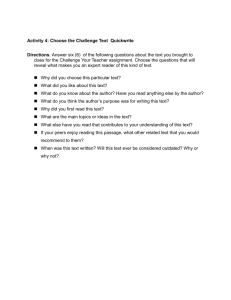
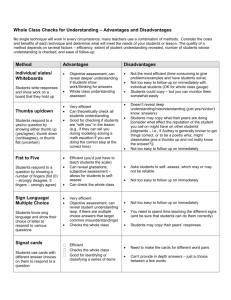
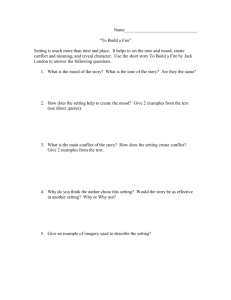
![Volume of Prisms and Cylinders [12/4/2013]](http://s2.studylib.net/store/data/005712570_1-e7691fc1893418ebe51c7a30e9e35d27-300x300.png)
